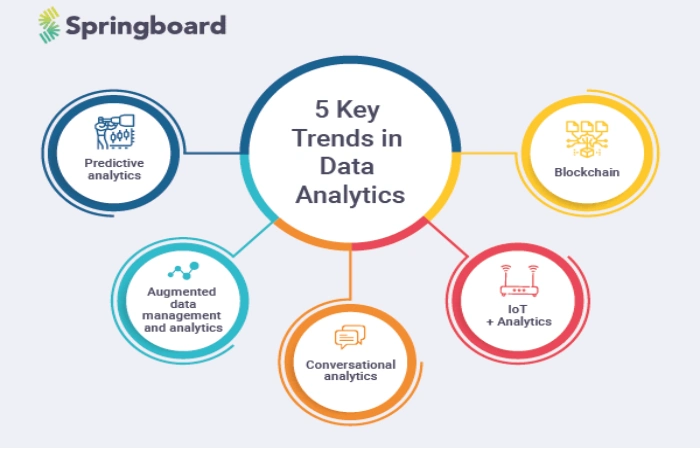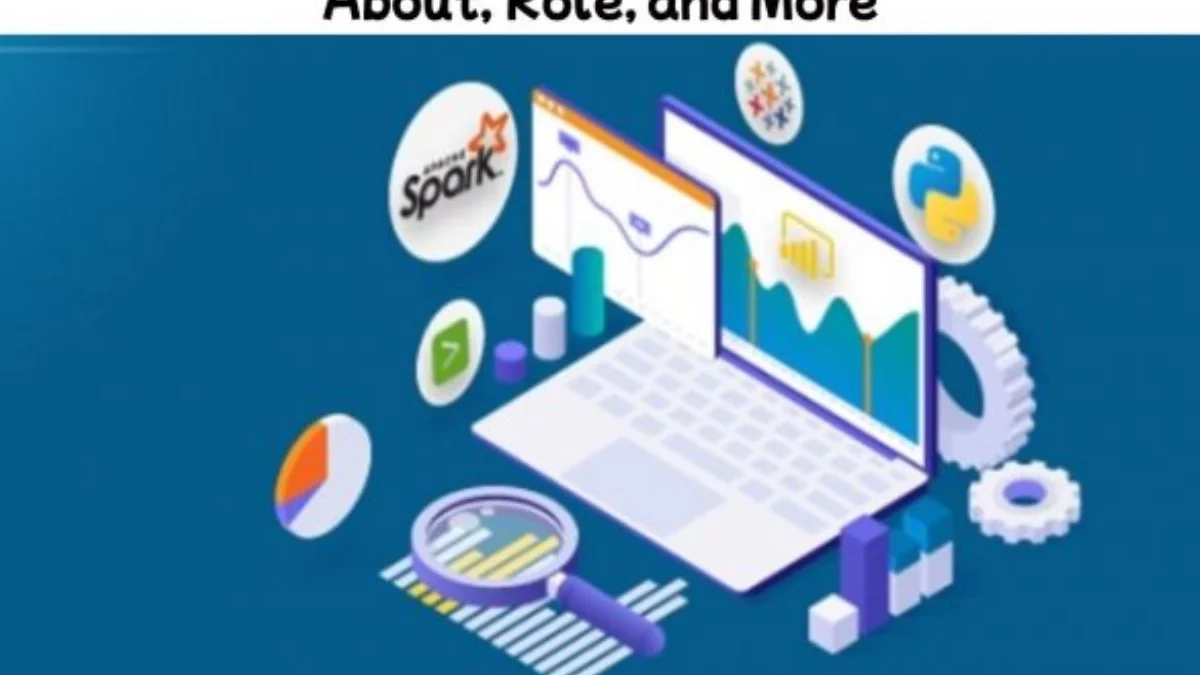Data and Analytics – The terms “data and analytics” (D&A) describe how data handles all data applications and analyses data to enhance business choices, processes, and outcomes, such as identifying new business risks, opportunities, and difficulties.
Table of Contents
What Are Analytics and Data?
Data and analytics define as data management for all operational and analytical reasons, data analysis to support business operations and enhance business outcomes via more effective decision-making, and data management for all functional and analytical purposes.
What Role will D&A Technology Play in the Future?
The markets for these technologies were originally separate for the data group and the analytics team, and controlling each entity. However, these markets are now interacting in a variety of ways. For instance, data management platforms increasingly incorporate analytics to enhance their capabilities, particularly ML.
Data science skills add to analytics and BI systems, and new platforms are surfacing in situations like D&A governance. As cloud service providers take greater control of the infrastructure platform utilizing by these services, complexity add in yet another way.
Organizations must consequently invest in composable, enhanced data management and analytics infrastructures to enable advanced analytics if they want to succeed in the future of data and analytics.
Top 5 Data Analytics Technology Trends of the Modern Era

1. Predictive analytics will spread throughout society.
Enterprises will stop adopting data analytics as a historical analysis tool as the data analytics market matures. They will use their massive data to make future predictions. Furthermore, it can be closer than you believe!
Predictive analytics utilizes in many different sectors. Banks and other financial organizations are creating analytics solutions to forecast and manage risks associated with loans, credit cards, insurance premiums, etc. Marketers analyze data to display the appropriate advertisement to the right audience at the proper location and time. Law enforcement organizations use it to stop and prevent crime.
Even today, most firms employ human intelligence to estimate the future and data analytics to assess the past.
2. Bots in modern technology will drive augmented D&A.
The absolute requirement for a data scientist to clean and prepare the data before making sense of it by creating analytics and dashboards is one of the main issues with big data today. The potential of data analytics is severely constrained since there is only so much that can be done manually, even with a highly qualified data scientist. Augmented data analytics is quickly gaining popularity in this area.
As described, enhanced data analytics is the process of improving analytics and business intelligence by combining artificial intelligence (AI), machine learning (ML), and natural language processing (NLP). And there is a lot of support for having bots handle the grunt work, such as data discovery, data management, data purification, classification, metadata management, etc. Indeed, Gartner anticipates that there will be preemptive automated reports, in which platforms will identify what knowledge may be helpful to the consumer and deliver it to them proactively.
3. Voice and Will Proliferate.
Communication has already progressed beyond text – memes are becoming legitimate forms of engagement, and emoticons are ubiquitous. Sound and video will undoubtedly be the next stage in the growth of internet communication. As voice-enabled personal assistants become more widespread, speech analytics will play a significant role in how systems respond to voice queries; and, by implication, how the material is made available.
4. The Internet of Things will overcome its analytics challenge.
The internet of things (IoT) was a significant fad two years ago. Still, it didn’t live up to the expectations – speaking, refrigerators and linked washing machines, for example, don’t yet have the promised market share. However, IoT has been a massive success in the industrial industry. IoT has a significant influence on the industrial and supply chain.
After perfecting their sensors and devices, manufacturers will take the next step: becoming IoT data-driven. Analytics will support IoT’s increased acceptance and usage with ‘digital twins’ shortly. A digital identity is a virtual representation of an actual device.
The copy is then used by data scientists and analysts for simulation, allowing them to develop and enhance IoT device, anticipate future performance, and make them more secure.
5. Blockchain will clean up before analyzing data.
If there is one thing that data experts despise the most, it is filthy data – data that is unclear, duplicated, erroneous, and so on. Professionals are using blockchain to solve this problem.
The decentralizing consensus algorithms of blockchain employ in data validation, making it cleaner, more valuable, and hence more trustworthy insights. Furthermore, the decentralized system will safeguard data and protect data privacy when combined with encryption.
These patterns demonstrate that data analytics as a field is quickly developing. From being an experimental tool only a few years ago, data analytics is now being used by even the tiniest of enterprises in some capacity.
Conclusion
Data analysis demands scalable, adaptable, and high-performance technologies to give timely insights as more data is created and gathered. However, enterprises confront a rising big data environment in which new technologies arise and quickly become obsolete. As a result, keeping up and selecting the appropriate tools might be challenging.
This whitepaper provides a first step toward resolving this issue. AWS makes designing, implementing, and scaling big data applications simpler by providing a comprehensive set of managed services for collecting. And also, processing, and analyzing extensive data is inc;luded. This allows you to concentrate on business issues rather than upgrading and administering these tools.

